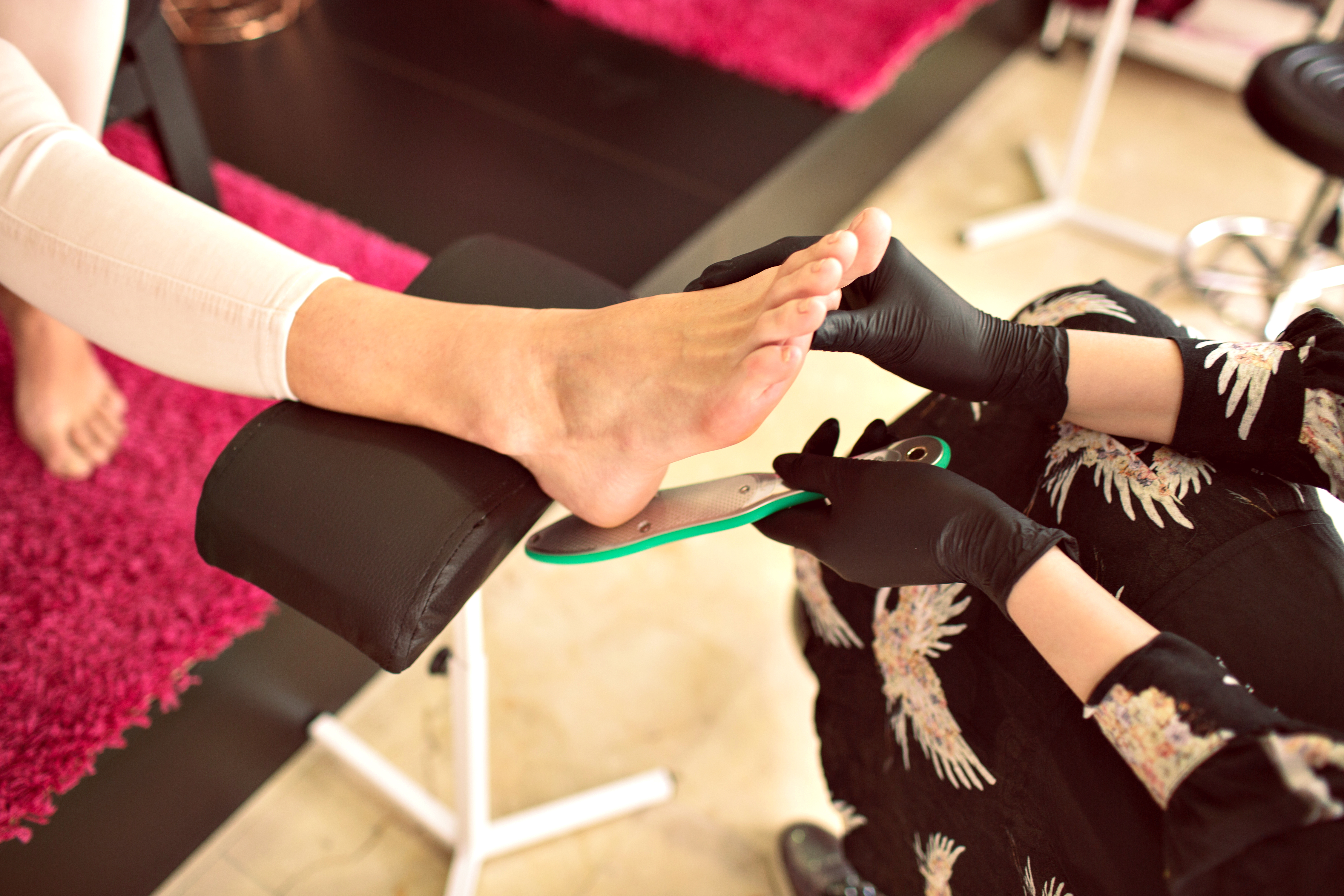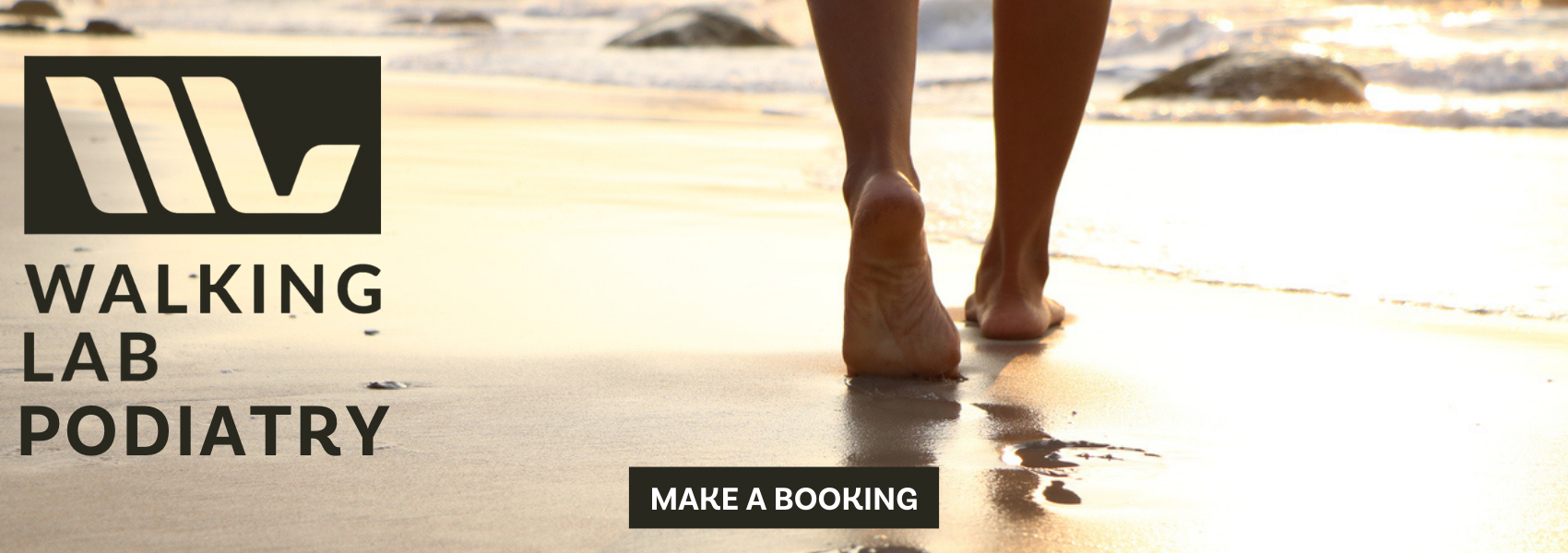Athlete’s Foot: How to Treat and Prevent This Common Fungal Infection

What is Athlete’s Foot and How Do You Catch It?
Athlete’s foot is a fungal skin infection that usually starts between the toes. It thrives in warm, damp places like shoes, locker rooms and public showers. The condition is caused by fungi called dermatophytes. These fungi feed on the dead skin cells of your feet, especially when the skin stays moist for long periods.
Athlete’s foot is contagious. It can spread through contact with contaminated surfaces, like wet bathroom floors, shared towels or even shoes. The infection is quite common, especially amongst people who sweat a lot, wear tight shoes or walk barefoot in communal areas. Anyone can get it, but it tends to affect teenagers and adults more often.
Catching it early and using the right athlete's foot treatment can help stop it from getting worse or spreading to others.
Recognising the Early Signs of Athlete’s Foot
The first signs can be easy to miss. It may start as a bit of dryness, flaking or redness between the toes. Some people feel an itch that gets worse after taking off their shoes. Over time, the skin might peel, crack, or form blisters. These small blisters can burst and lead to sore patches or open wounds.
The infection can also cause a burning sensation or strong foot odour. In more serious cases, the skin can become inflamed, thick or scaly. It’s important to pay attention to these changes early on.
Treating symptoms at the first sign of trouble can help avoid further discomfort. If you notice any of these signs, it’s best to look for a proper solution for athlete's foot before it spreads or worsens.
Can Athlete’s Foot Spread to Other Parts of the Body?
Yes, it can. Athlete’s foot doesn’t always stay on the feet. The fungi can spread to the soles, heels, toenails and even to the hands or groin. This can happen through scratching or touching the infected skin and then touching other areas of the body.
Toenail fungus is a common result when athlete’s foot is left untreated. This can cause thickened, brittle, discoloured nails that are hard to manage. In some cases, the infection can reach the hands (tinea manuum) or groin area (tinea cruris), leading to even more discomfort.
To avoid the spread, it’s important to wash your hands after touching your feet, keep them dry, and wear clean socks every day. Preventing cross-contamination is just as important as the treatment for athlete’s foot itself.
Home Treatments vs. Professional Care for Athlete’s Foot
Many people start with over-the-counter creams, sprays or powders. These can be useful for mild cases. Antifungal products can reduce symptoms like itching and redness. Washing feet daily, drying them well and changing socks regularly also help. However, home treatments don’t always work, especially if the infection is stubborn or keeps coming back.
Some people use natural remedies like tea tree oil or vinegar soaks. While these might ease irritation, they often aren’t strong enough to fully clear the infection.
When symptoms don’t improve or if they return often, it’s time to consider professional athlete's foot treatment. A podiatrist can check the condition properly, offer stronger treatments and help prevent future outbreaks.
When to See a Podiatrist for Chronic Athlete’s Foot
If you’ve tried home remedies and over-the-counter products without success, it’s worth seeing a podiatrist. Persistent athlete’s foot can affect your daily comfort and lead to long-term skin damage if left untreated. Some cases involve bacterial infections as well, which need a different approach.
We often see patients who’ve had the same problem for months. Sometimes the infection looks better for a few days, then flares up again. This cycle can be frustrating, especially when you’ve done everything right.
Our team can diagnose the exact type of fungal infection, recommend the right medication and make sure your shoes or habits aren’t making the problem worse. Chronic infections need a tailored solution for athlete's foot, and we can help find one that suits your needs.

Itchy, Burning Feet? We Have the Solution – Call Now!
Don’t put up with burning or itchy feet that make walking or standing uncomfortable. If you’ve noticed changes to your skin or toenails, or if you’re dealing with frequent flare-ups, get in touch with us today. We’ll check your feet, confirm if it’s athlete’s foot, and explain the best next steps.
We offer a full range of athlete's foot treatment options, from medicated creams to oral antifungal medications, depending on what’s needed. Our podiatrists will also give you advice to help stop the infection from returning.
Walking Lab Podiatry Offers Treatment for Athlete’s Foot
At Walking Lab Podiatry, we deal with skin and nail infections every day. Athlete’s foot is one of the most common issues we treat. Our podiatrists understand how irritating and persistent it can be, and we’re here to make it manageable.
We don’t just treat the symptoms—we look at your footwear, activity levels, hygiene habits and other factors to make sure the problem doesn’t keep coming back. Whether it’s a mild case or something that’s been bothering you for months, we’ll find the right solution for athlete's foot that works for your lifestyle.
Stop Athlete’s Foot for Good – Get Professional Podiatry Treatment Today!
Athlete’s foot might start as a minor itch, but it can turn into something much harder to manage. You don’t need to live with cracked skin, foul odours or ongoing discomfort. Early action and proper care make all the difference.
At Walking Lab, we combine expert knowledge with real solutions. We’ll help you treat the current infection and show you how to keep your feet healthy in the long run. If you’ve tried home care with no luck or if the problem keeps coming back, now’s the time to seek proper help.
We’ll provide the most effective athlete's foot treatment for your needs, with guidance that’s easy to follow and proven to work.
If you’d like to book an appointment or if you have any questions, get in touch with our team today. We’re ready to help you take care of your feet properly.
